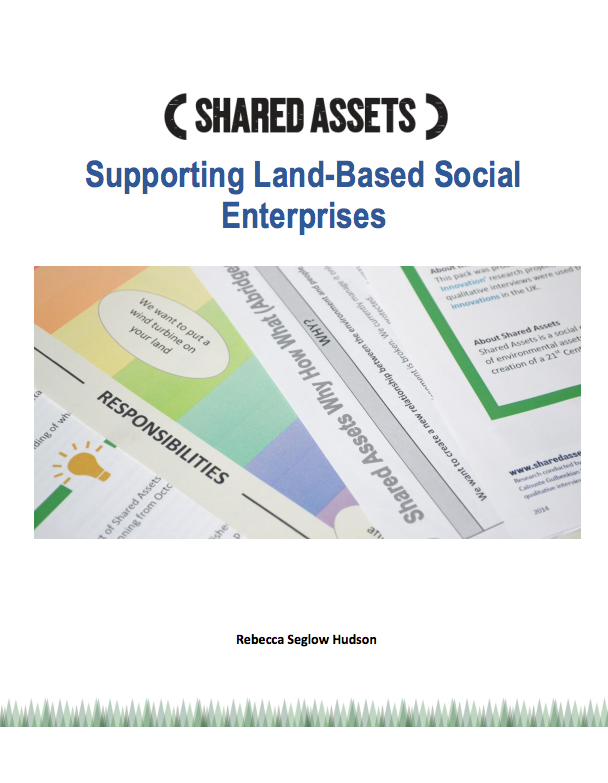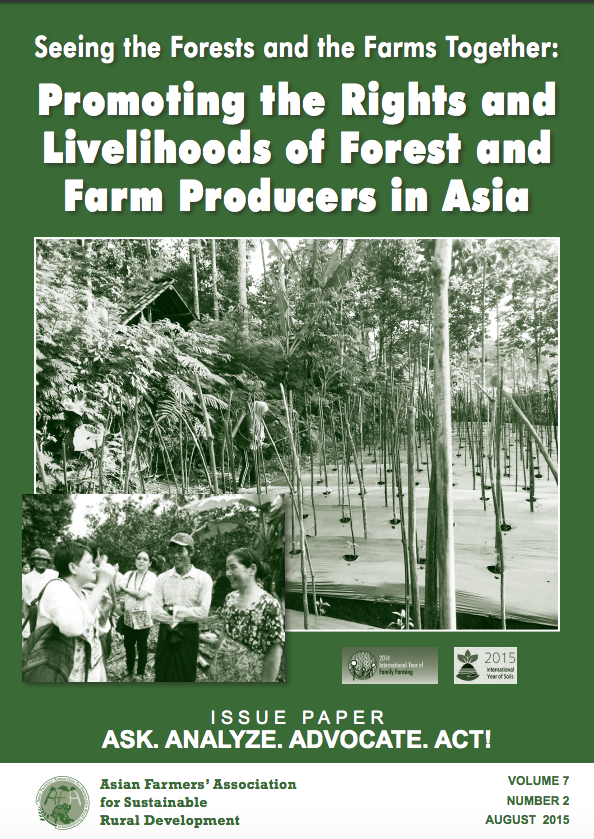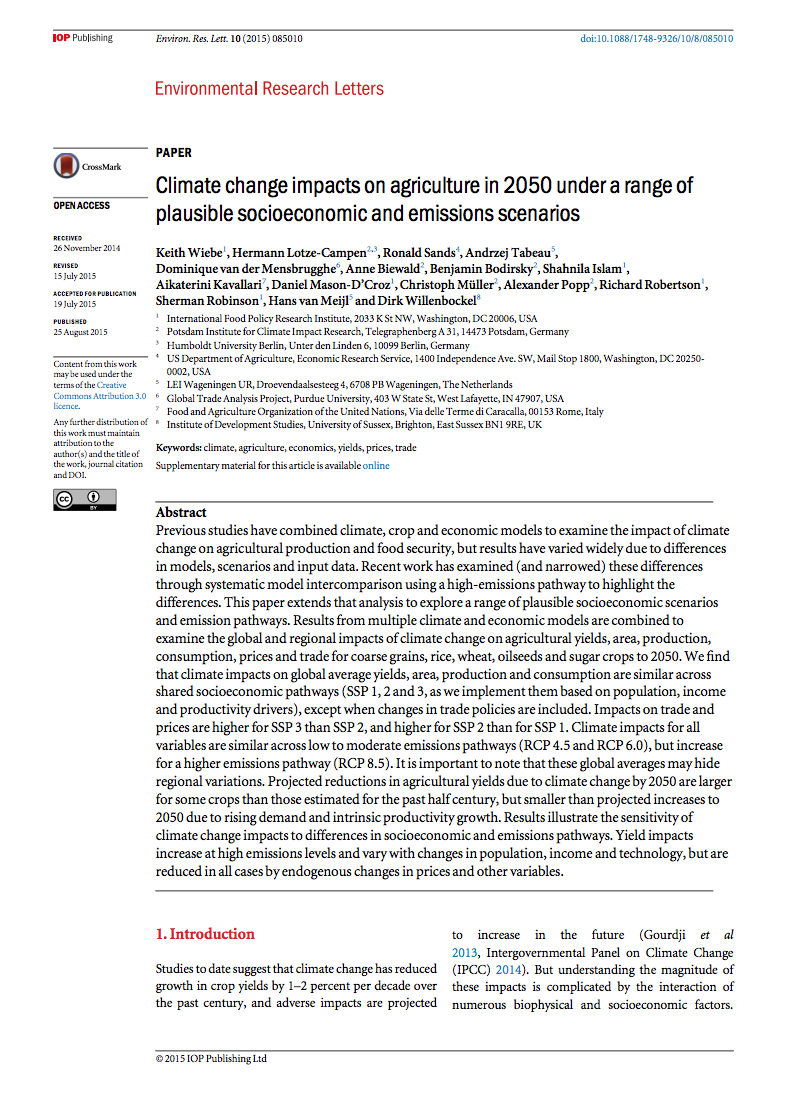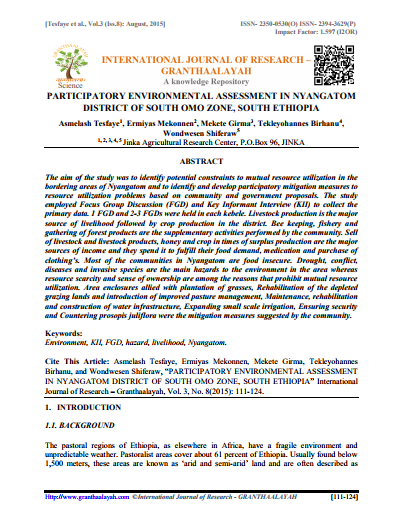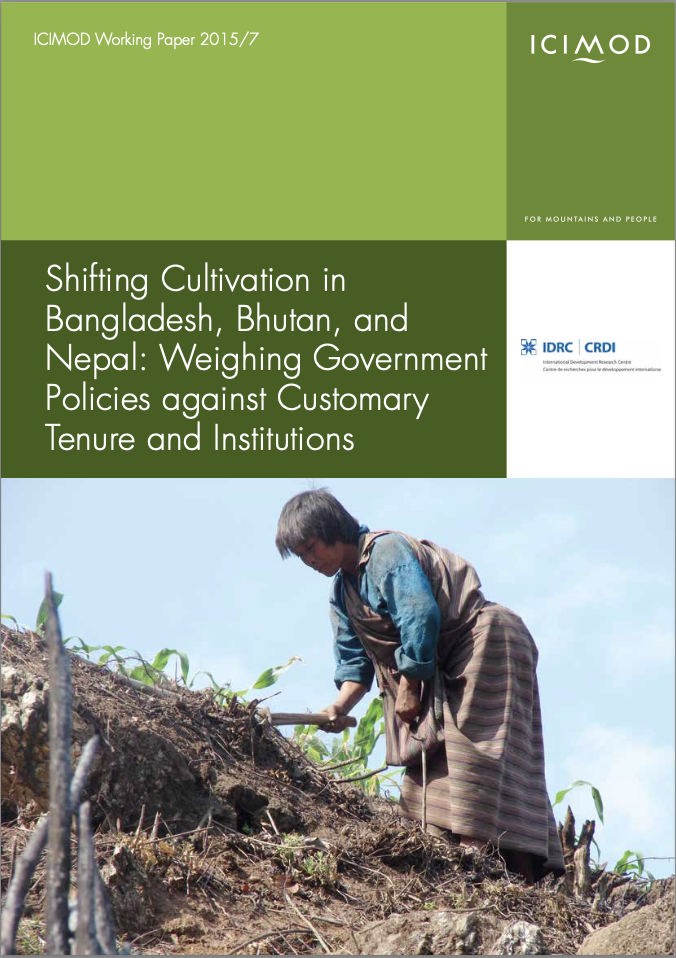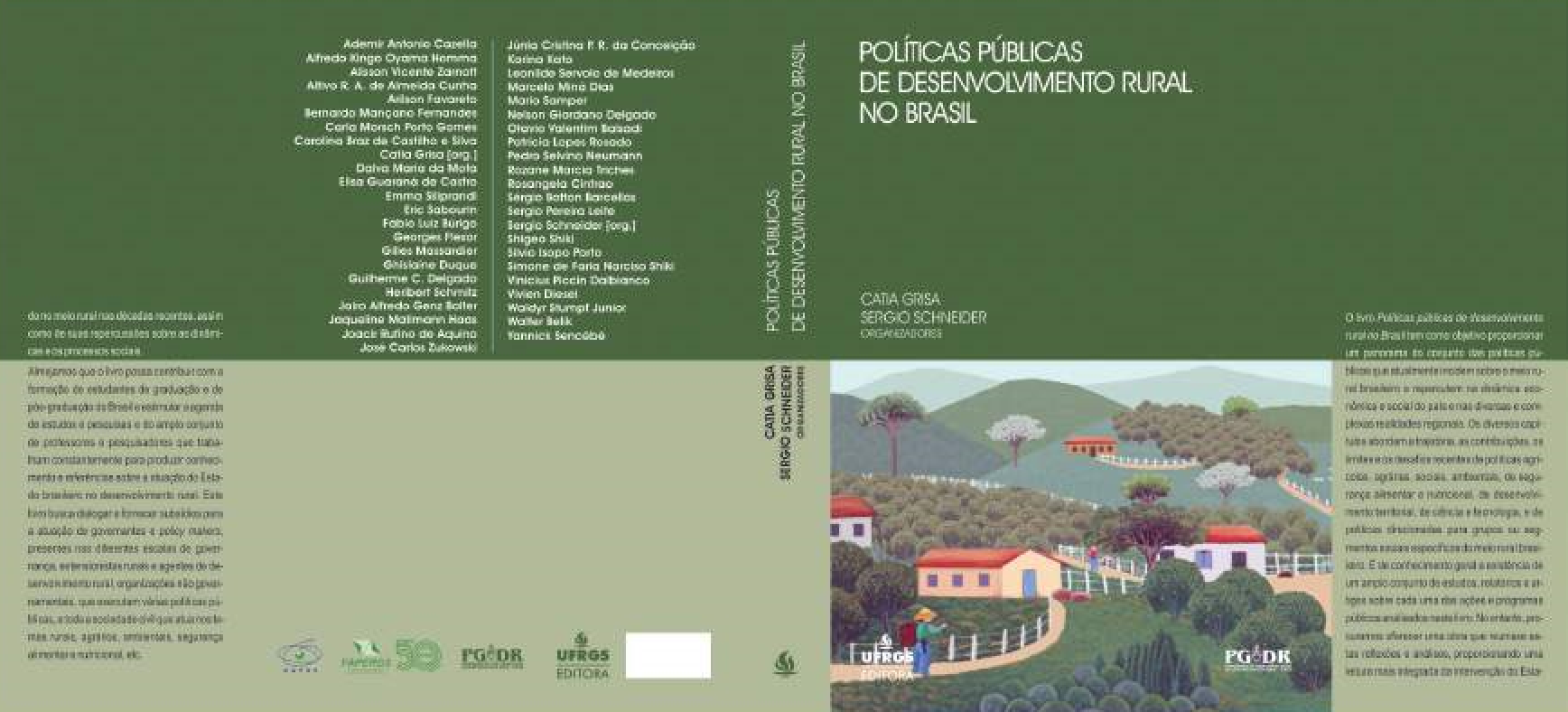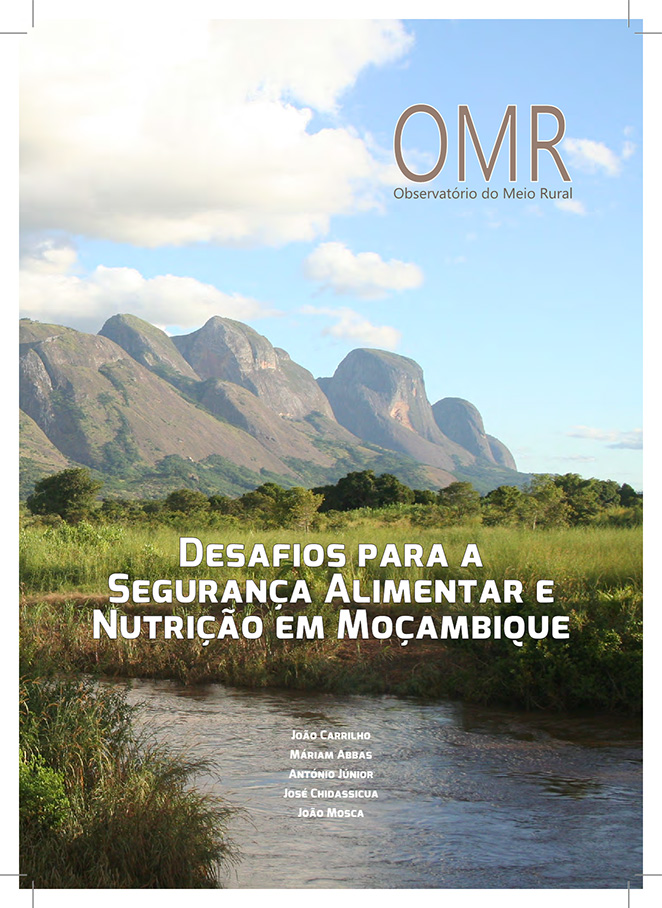Owner or tenant: Who adopts better soil conservation practices?
Land tenure security is widely considered to be a fundamental factor in motivating farmers to adopt sustainable land management practices. This study aims to establish whether it is true that owner-operators adopt more effective soil conservation measures than tenant-operators, and whether well-designed agro-environmental instruments can provide sufficiently strong motivation to compensate for the differences between these two groups.


